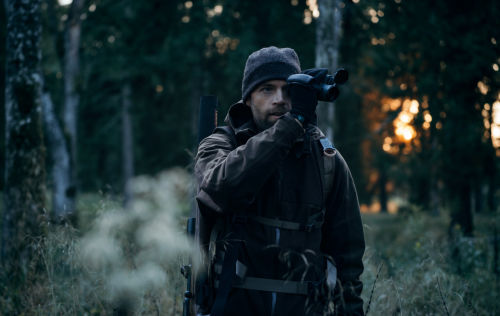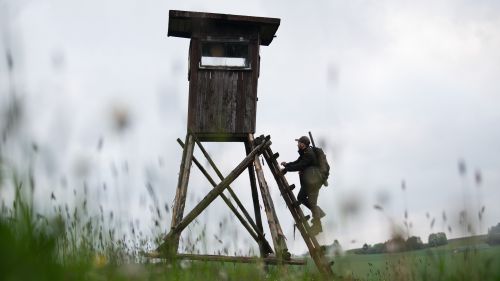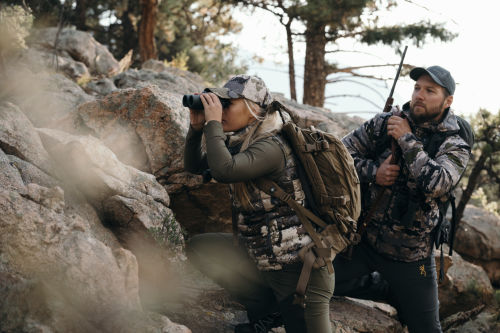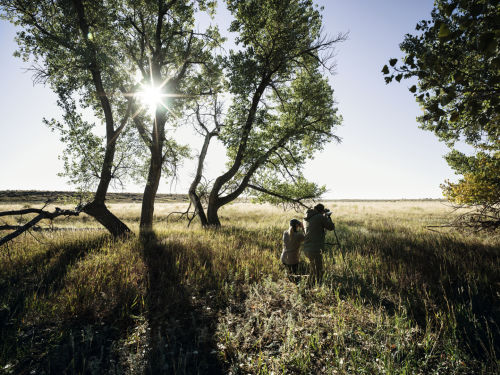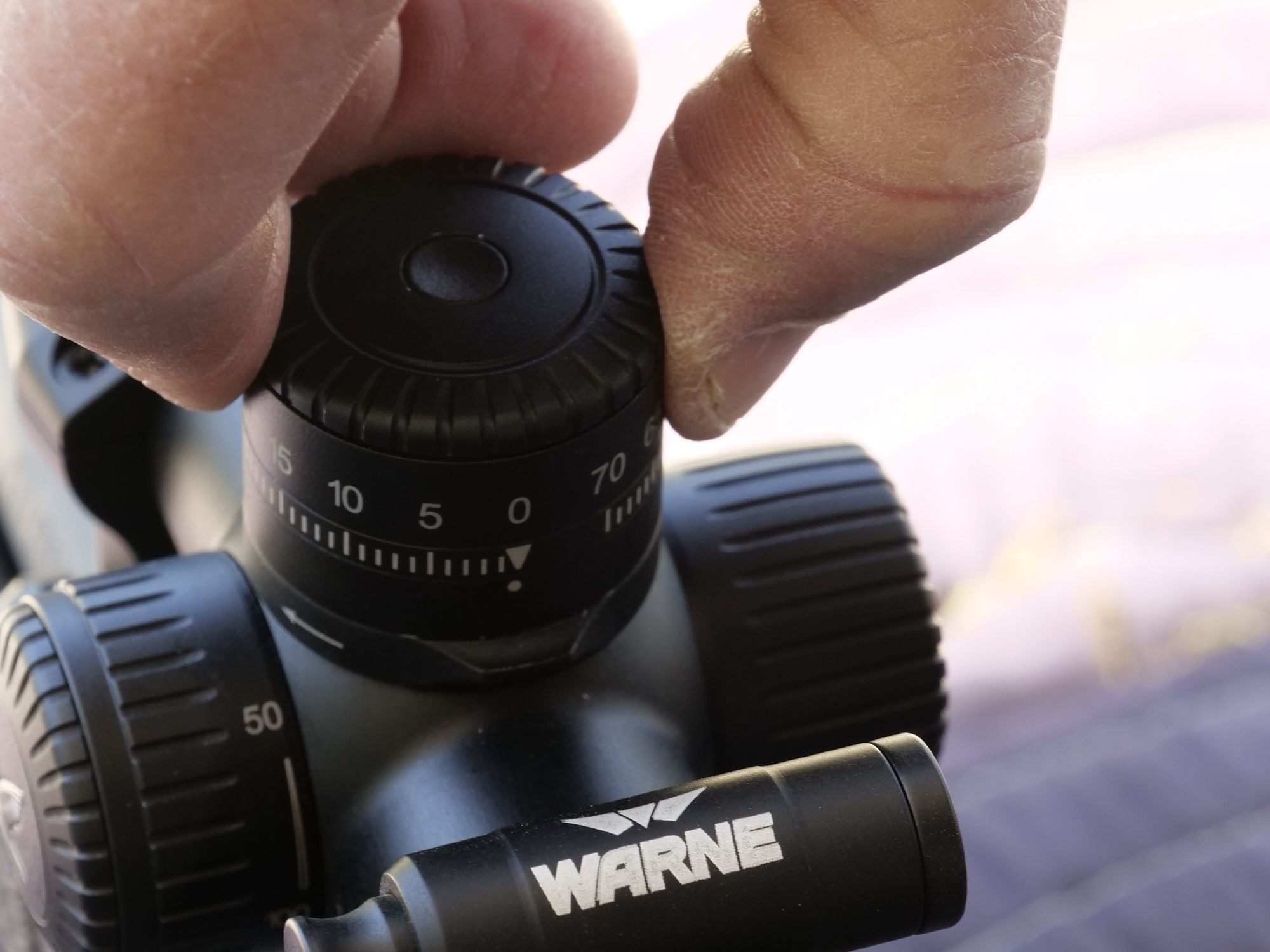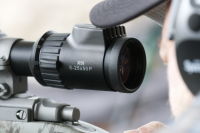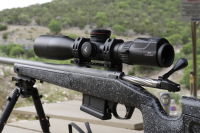If you’ve never put a bullet on a plate of hanging steel at long range, say at least 300 yards, you can’t imagine how satisfying this can be. Bang clang. Bang clang. Bang clang. Again and again. For the next two hours the music rarely stopped. Each of us perfected body position, bipod “loading,” target focus, trigger control, wind doping, follow through and more. Our instructors watched every hit or miss and helped us to decipher why something had worked or gone wrong.
Why did we hit or miss?
Had we misread the wind? Did we aim with the correct elevation reticle? Did we punch the trigger or flick our finger off rather than maintain contact for a good follow through? Did we keep our eyes open to see the hit or miss?

Both eyes on the prize
As I learned long ago, teaching yourself to keep both eyes open to watch the bullet fly into the target is a great way to perfect complete rifle control. You can’t actually see the bullet, of course, but you can sometimes pick up its trace and usually see the impact. This is most useful when hunting because you get a good idea of where you hit or missed. Low, high, too far back? All can contribute to a successful follow up shot and game recovery.
A waste of ammo?
More than a few friends have dismissed long range target training as a waste of ammo for a style of hunting they call unethical anyway. “No one has any business shooting at game in another zip code! Anything beyond 300 yards is too far.” Well, yes, maybe. The trouble is, for some shooters anything beyond 100 yards is too far. There’s a difference between what the gun, scope, and ammo can do versus what the shooter can do.
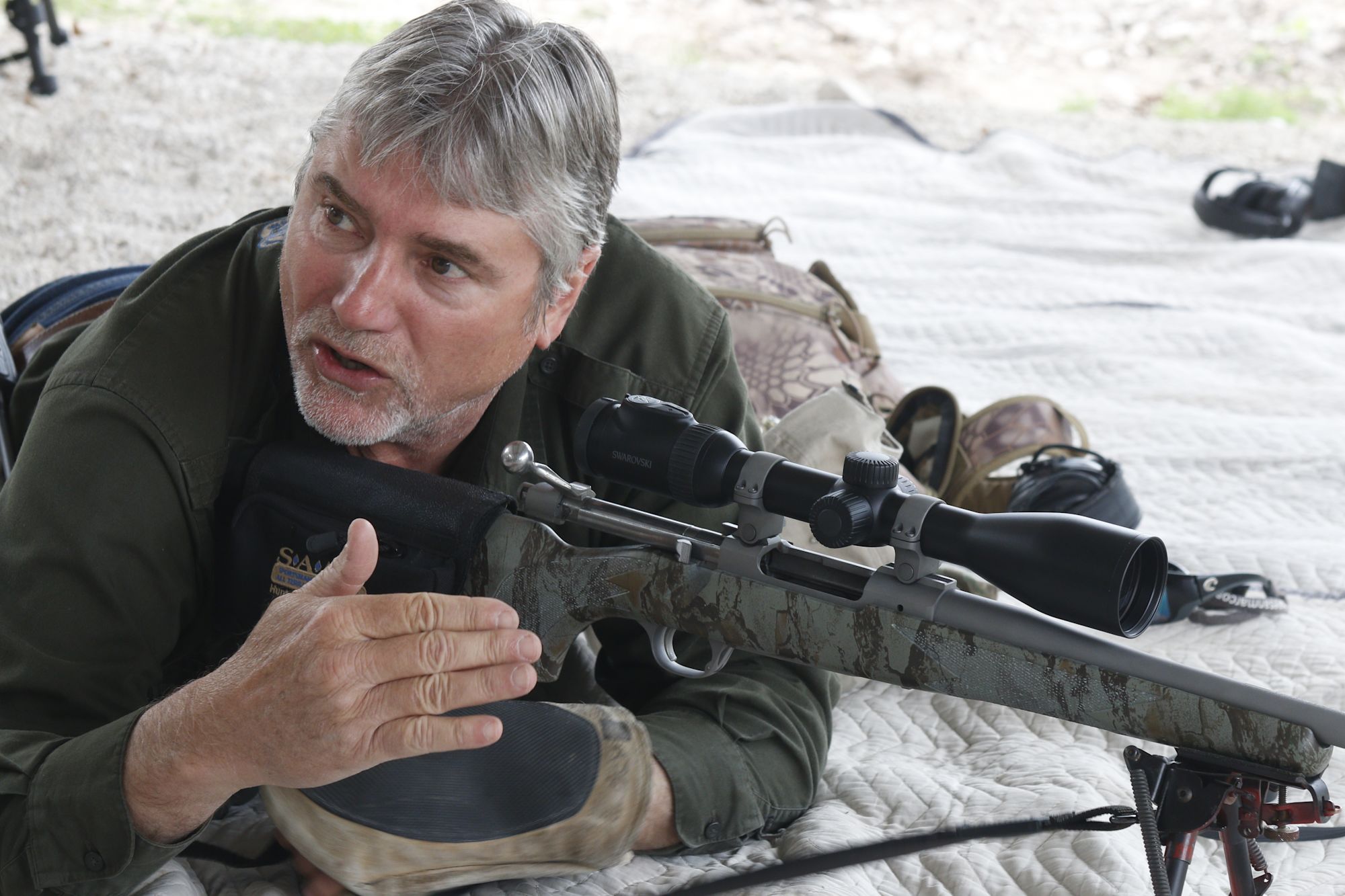
Become a better shot through long range training
My argument holds that training to shoot effectively at long and even extreme range does not mean you must engage game at those ranges. But it does mean you’ll be much better prepared to engage and precisely hit them at shorter ranges.
Knowledge, skill, and confidence
Trust me, after you’ve focused on a 9-inch diameter plate 700 yards down an FTW canyon and smacked it repeatedly, a 200-pound whitetail at 250 yards will be a slam dunk. You gain knowledge, skill, and confidence. As a consequence, you will make less wrong decisions. No more wondering whether you should hold high or low, three inches into the wind or thirteen. You will know your gun, your scope, reticle, bullet and trajectory. And you’ll know your limits.
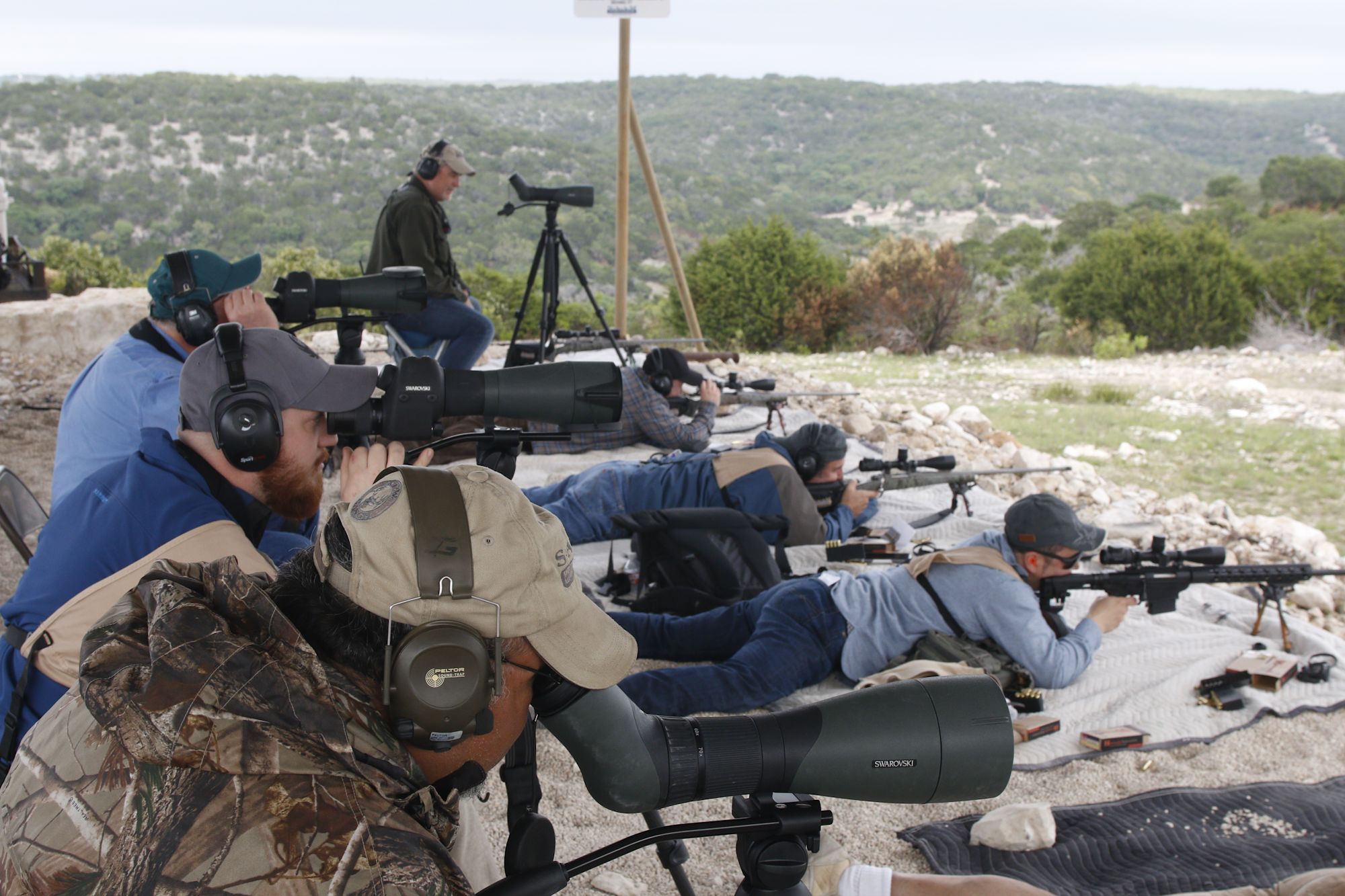
Train. Again. And again. And again…
Much of this knowledge can come from reading and even watching videos, but nothing irons it in like actually doing it. Repeatedly. While a former military sniper assesses and guides you. Some of us who’d been hunting extensively with a wide variety of rifles and optics for decades discovered we were lying prone in the worst position for controlling recoil in order to see our hits. Others learned they were flicking their finger off the trigger and lifting their head off the stock after each shot. Some of the non-hunters who had experience at target competitions discovered how difficult it was to whip into action a bulky, heavy, tricked-out target rifle from various field positions. On a rough-and-tumble hunt, getting up, over, and across country day after day plays a bigger roll in success than does a 1/4 MOA match rifle.
Further reading
Listen to the sounds that echoed over the shooting stands, get a glimpse at the theoretical background taught at FTW ranch or dive into what the dS has in store for you.

Intended Use
Long-range hunting
Ready for Long-Range Hunts?
Long-range hunting is your passion, and we’ve got the gear to match! Check out our overview page for high-quality, precise optical equipment and captivating stories.
